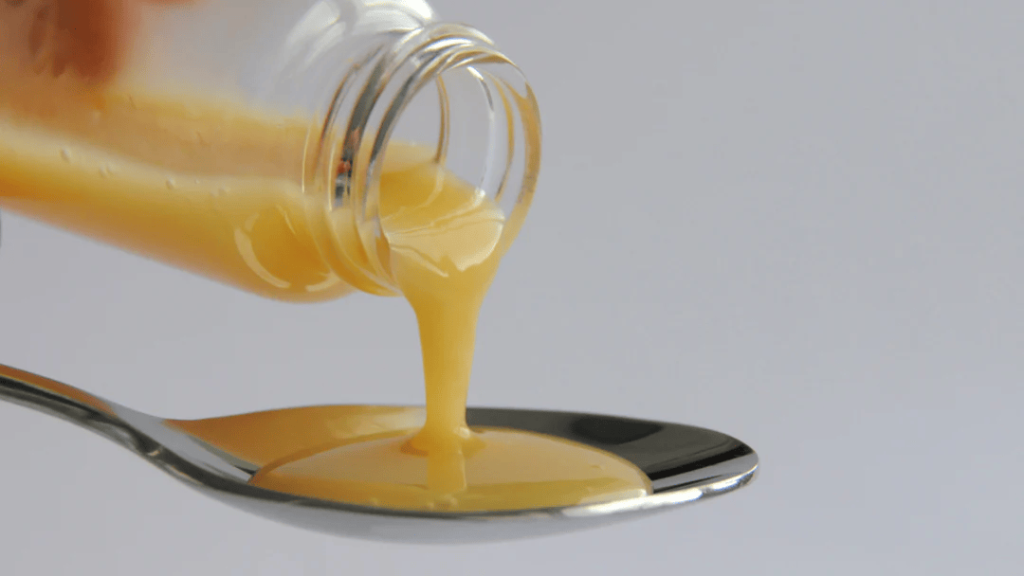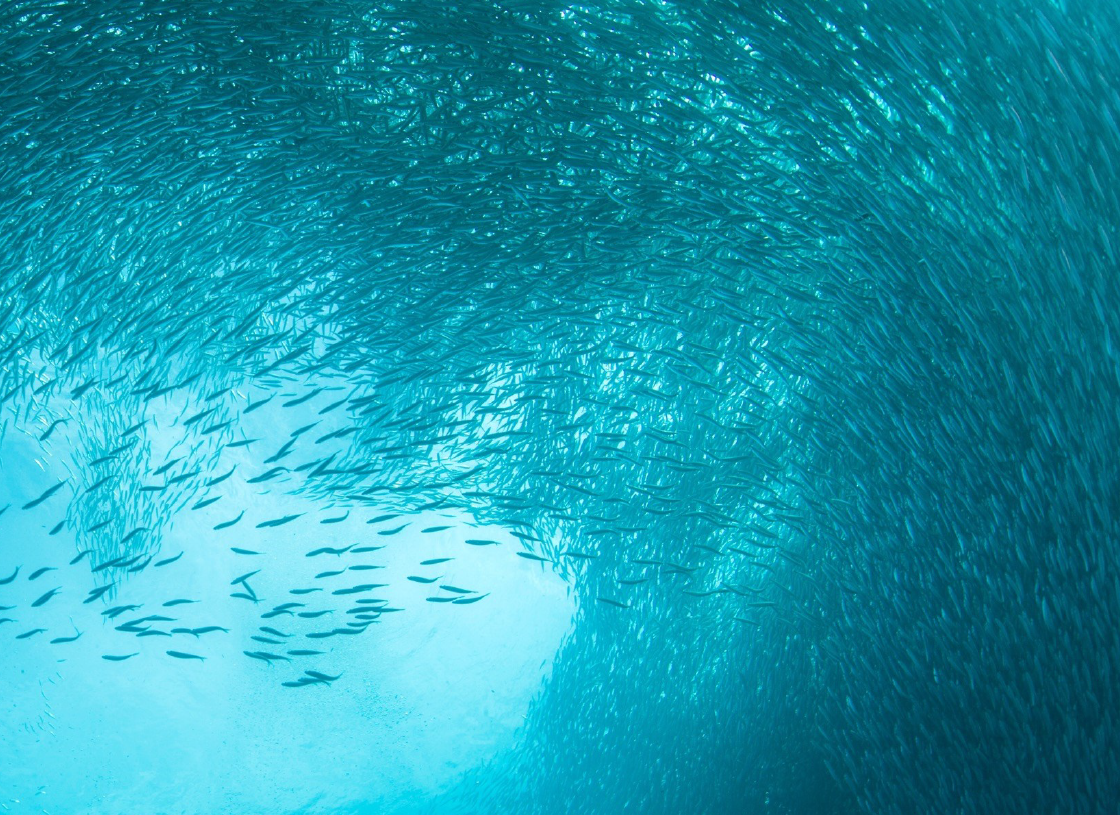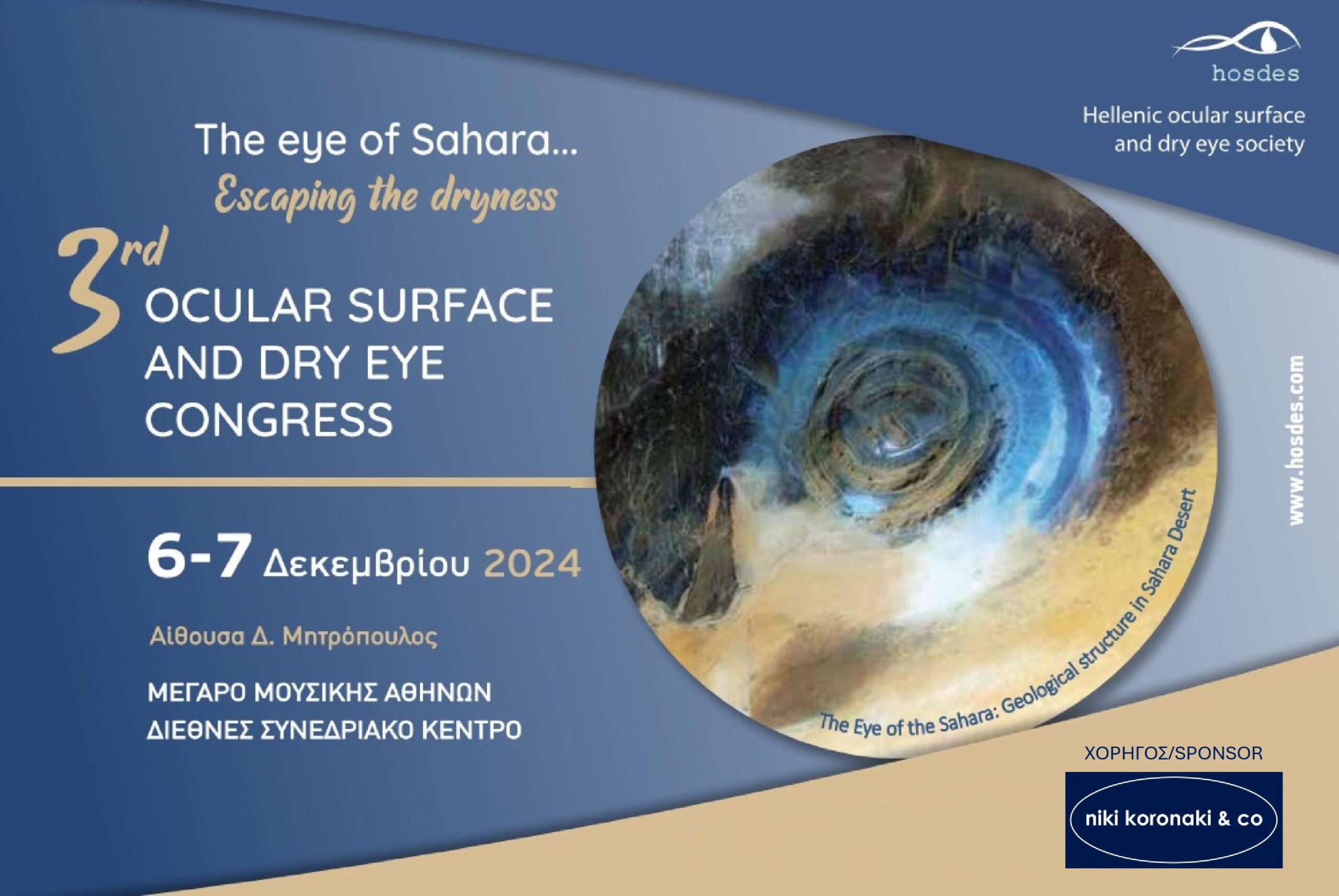Did you know that the human body consists of over 30 trillion cells 1 ?
The body is made of many different cell types. A very well-known example of an important cell type is red blood cells, which look a bit like wheat balls that someone has squeezed together in the middle. All the cells in the body have important tasks for all systems to function, where, among other things, the red blood cells work steadily to transport oxygen around the body.
Have you ever wondered how a cell maintains its characteristic spherical shape?
The answer to this is the cell membrane; a thin barrier of fatty substances that separates the cell’s contents – including the cell’s internal organelles (from Italian meaning small organs) – from the outside world and acts in a way like the cell’s shell. This shell looks like a carpet of fats and proteins.
Some of the most important fatty substances for the cell membrane’s unique properties are called phospholipids, and you will now find out a little more about them.
What are phospholipids?
The word “phospholipid” can be a tongue twister, but describes what these fatty substances consist of. The prefix phospho- indicates that the substance contains the chemical group phosphate, and the word – lipid comes from the Greek word lipos, which means fat. This means that phospholipids are fatty substances that contain fatty acids and a phosphate group – plain and simple.

What distinguishes phospholipids from “ordinary” fat?
Have you ever tried dissolving cod liver oil or fish oil in water? No matter how much you shake and stir, they will not mix with each other. At best, you end up with something that looks like a bad lava lamp from the 90s, before the layers separate and the oil sits on top of the water.
The reason this happens is that cod liver oil/fish oil is a triglyceride – a type of fat that consists of 3 ( tri- ) fatty acids bound to glycerol (- glyceride ). This results in cod liver oil/fish oil being only soluble in oils and not in water. This applies to most types of “regular” fat that is part of our diet, for example butter, vegetable margarine and olive oil.
What distinguishes phospholipids from such ordinary fats is that the phosphate group is water-soluble, while olive oil only consists of fat-soluble substances. That is, phospholipids have both fat-soluble and water-soluble parts. If you mix these with water, it becomes like making mayonnaise or skin cream: A mixture of fat and water that does not separate, and is called an emulsion.
This means that phospholipids have very special properties, which, among other things, mean that they are important components in the construction of cell membranes.
Why are phospholipids important to our cell membranes?
The body consists of approx. 70% water. Cells in the body are mainly surrounded by water, and the inside of a cell is also a watery environment. When the cell membrane is surrounded by water on both sides, why does it consist of a lot of fat, you might think? This is precisely where the ability of phospholipids to mix with both water and fat comes into play, and the following happens:
The phospholipids have a tail of fatty acids, which means that they will have nothing to do with water. They thrive best together with other fatty acid tails. This means that a double layer of phospholipids is formed where the fat tails point inwards into the cell membrane and create a fat-rich environment in the middle and the phosphate groups point outwards on either side of the membrane.
It is an advantage that the phosphate groups like to be dissolved in water, as both the inside of the cell and the surrounding environment consist of water. In this way, all the components are positioned as they like best, and a membrane is formed.
The image below shows how the result of this organization is, where the water-soluble heads point outwards and the fatty acid tails point inwards.

Why is the cell membrane important?
The cell membrane is involved in the transport of substances in and out of the cell, it is involved in communication and energy turnover, it protects the cell’s contents from the outside world. In addition, many important proteins and functions are attached to the cell membrane.
Then it goes without saying that the cell membrane is a vital part of the cell, and that the cell depends on its membrane as we depend on our vital organs.
Functions of phospholipids that favor uptake
It is the combination of fat-soluble and water-soluble components that gives the phospholipids the functions they need to be an important component of cell membranes.
Furthermore, there are studies on humans that indicate that omega-3 fatty acids from phospholipids are taken up faster in the body than corresponding triglycerides 2 .
The special properties of phospholipids also mean that products containing omega-3 phospholipids do not cause fish regurgitation when ingested, as the fat mixes better with the watery stomach contents.
What do phospholipids have to do with Romega?
Romega is extracted from herring roe. Roe are egg cells, which are the body’s largest cells. A single roe grain is one large cell that has a phospholipid-rich cell membrane.
A large part of the fatty substances in herring roe contain polyunsaturated marine omega-3 fatty acids. When talking about marine omega-3 fatty acids, it is mostly about the fatty acids EPA and DHA in the form of triglycerides.
In Romega, DHA and EPA are found as phospholipids, which are the same natural form of fat found in all the body’s cell membranes. EPA and DHA help maintain the function of the brain, heart and eyes. This is one of the reasons why Romega is a good product for those who want to take care of their brain, heart and eyesight.*
By using in-house developed technology, we have enabled a gentle extraction from the fatty substances in the roe, and have thus developed a dietary supplement rich in omega-3 phospholipids. This is what makes Romega special.
*) A beneficial effect for the brain and vision is achieved with a daily intake of 250 mg DHA, and for the heart a daily intake of 250 mg DHA and EPA. Two capsules of Romega give you this.
1. Bianconi, et al. (2013). An estimation of the number of cells in the human body. Annals of Human Biology, 6. 40: 463-471.
2. Cook et al. (2016). Bioavailability of Long Chain Omega-3 Polyunsaturated Fatty Acids from Phospholipid-Rich Herring Roe Oil in Men and Women with Mildly Elevated Triacylglycerols. Prostaglandins, Leukotrienes and Essential Fatty Acids






